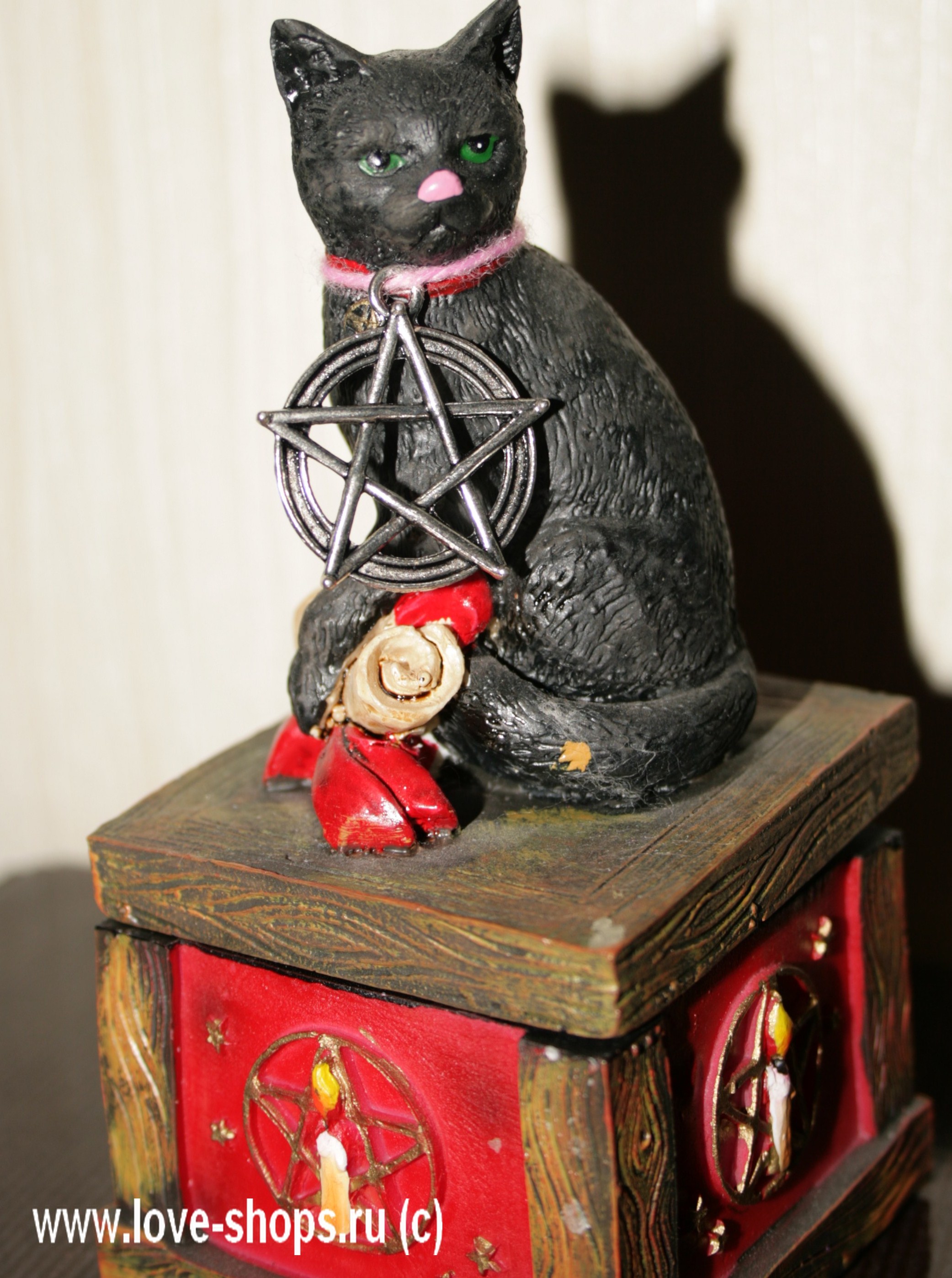Osteospermum is a genus of about 70 species of subshrubs, herbaceous perennials and annuals. They are native to southern Africa and the Arabian Peninsula. Many of the plants sold today under the names African daisy or osteospermum are cultivars and hybrids derived from O.
As a group, these plants are frost-tender subshrubs or herbaceous perennials that feature daisy-like flowers on upright stems rising to 1-3' tall. Stems are clad with lanceolate green leaves having entire, lobed or toothed margins. In cool summer climates, flowers bloom freely from spring to fall frost. In hot summer climates, flowers bloom well in spring to early summer, but decline rapidly with the onset of consistently hot summer temperatures. With a compact habit and extra-profuse blooms, Arctotis 'Pumpkin Pie' is a spectacular African Daisy exhibiting large, 4 in. Wide , bright orange daisy-like flowers surrounding a dark center disk and beautiful, finely cut, silvery-green foliage.
Osteospermum () also known as Veldt Daisies, African daisy or Cape Daisy is a bushy evergreen perennial. It is part of the Asteraceae family and is native to South Africa. It is a low growing spreading shrub that forms a mounding habit. Osteospermum has irregular toothed green foliage and daisy-like flowers. The flowering period begins usually in early Spring and will go until Autumn if some pruning and fertilising occurs and the weather doesn't get too hot during Summer.
These flowers come in a huge assortment of colours and flower styles. The most common colours are shades of pink, purples, yellows, creams, and oranges. Most flowers have a deep violet center however newer hybrids now come with a deep yellow center. Osteospermum prefer a full sun position in the garden and although not picky on the soil type they do require free draining soil. Once established these plants are drought tolerant and very tough and will tolerate dry soils. In its native South Africa, the African daisy bursts into bloom when the spring rains come, although in gardens plants bloom copiously all summer.
A tender perennial, it is grown most commonly as an annual. Like many of the plants in the daisy family from South Africa, it's tough enough to live in hot, dry conditions, but a modicum of moisture will bring out stellar blooms. On dull days and at night, arctotis closes its flowers. Although hardy varieties can be left outside to overwinter, the top growth is likely to be cut back by frosts.
So unless you garden in a mild area, it's worth trimming it in autumn and laying the trimmings over the crown to provide an insulating layer against severe frost. Tender fuchsias can be overwintered outdoors, too, in mild areas, provided the soil is not too cold or wet. Cut back the top growth to 15cm and protect the roots and basal buds with a thick layer of manure or bark chippings. Uncover the plants during early spring when the worst of the frosts are over.
Elsewhere, they need to be kept somewhere the temperature doesn't fall below 5°C. Trim back the top growth by about half and pot up individually before placing on the windowsill of a cool room, or in a heated conservatory or greenhouse. Native to South Africa, Arctotis x hybrida 'Flame' is a stunning African Daisy exhibiting large, 4 in. Wide , bright bronze-orange daisy-like flowers surrounding a golden disk and beautiful, and finely cut, silvery-green foliage. Wide , this plant won the prestigious Award of Garden Merit of the Royal Horticultural Society.
Elsewhere, keep them somewhere the temperature doesn't fall below 5°C. Such tender plants can either be potted up individually and placed on a windowsill of a cool room, or kept under the staging in a heated conservatory or greenhouse. You can also take cuttings now as insurance, kept at a minimum temperature of 7°C.
No prizes for guessing where this exotic beauty is from. But in Sydney, African daisies have proven to be just as tough and easy to grow as they are in their homeland. Come winter, they reveal a showy, generous mass of flowers that close in low light. Petals come in a range of shades, from white, creamy yellow and orange, to bold pink, purple and red. If you can't decide on one colour, the 'Passion Mix' variety features pink, mauve and white in one plant.
African daisy stems and leaves are coated in matted, downy hairs, giving them silvery-green colour. Low and fast-growing, the African daisy makes great ground cover and looks equally great in a pot. The sunny, daisy-like faces of Osteospermum, also known as the African daisy, brighten the summer garden.
African daisies prefer a moist, well-drained soil and full sun, although in hot climates, afternoon shade helps keep the plant blooming despite the heat. Native to South Africa, the African daisy is hardy in U.S. Department of Agriculture plant hardiness zones 9 through 11, depending on the variety. Growing up to 3 feet tall and 2 feet wide, the plants bloom from spring until fall. Pruning at regular intervals keeps the African daisy bushy and blooming.
Most penstemons can cope with light frosts, although the foliage will be cut back. If the soil is not too cold or wet during the winter, leave them in the ground where they have been growing. Uncover the plants in early spring when the worst of the frosts are over. Young plants flower better than older ones, so it is worth propagating in spring.
Bring overwintered plants into growth during early spring by raising the temperature and giving a little water. You can also take cuttings now as insurance and keep them at a minimum temperature of 7°C. With yellow and white or purple flowers which are rich in pollen, this plant is known to attract bees. The underside of the white petals is tinged with blue, while the foliage is green.
This perennial grows best in an area sheltered from the wind. It thrives in full sun and requires well-draining soil. It is not frost-tolerant, so in colder regions, it will need to be kept in a portable pot and be overwintered inside, or alternatively, you can treat it as an annual. The flowers bloom for most of the summer, in July and August.
It can grow quite large, up to around four feet in height and three feet in width. Elsewhere, cut it back hard after lifting and store in crates of just moist compost placed somewhere cool, well-lit and frost free. This is a genus of daisies that encompasses over 60 species of flowering perennials. Daisies in this genus are native to dry regions of Southern Africa and are therefore more commonly known as African Daisies. They have typical daisy-shaped flowers, but exist in an array of colors, including orange, yellow, and brown. These daisies are now naturalized in the United States, where many hybrid varieties have been cultivated with an even larger range of color options.
Unusually, some species of African Daisies do not have stems, the flower appearing directly among the foliage on the base of the plant. African daisies are a favorite of gardeners as they will grow where many other plants won't, such as dry, rocky soils along roadsides and driveways. They are available in a wide range of colors, from pale yellow to peach to purple. African daisies bloom for most of the summer and straight into fall.
For some growing areas, they are perennial plants, but if you experience frost at all, they will be annuals in your garden zone. African daisies are tender perennials and require protection from cold weather. When frost threatens, water the plant thoroughly before surrounding it with stakes and covering it with a tarp, plastic sheeting or sheets. If a severe freeze is in the forecast, add a lamp made for outdoor use under the plastic to raise the temperature a few degrees. Use caution and ensure that the plastic can't accidentally touch the light bulb.
In early spring, before new leaves begin sprouting, cut the African daisy to 3 inches tall. By removing most of the old foliage, the plant can concentrate its energies on the emerging new growth. While usually grown as an annual, African daisies are actually tender perennials. Protected from frost and freezing weather, or taken inside as a potted plant, the African daisy will produce new leaves and blossoms when the weather warms. Always sterilize your pruning tool blades so you don't transfer disease to the plant. Felicias are tougher than they look and can be overwintered successfully outside in mild areas provided the soil is not too wet.
Variegated varieties are less hardy and so are best overwintered somewhere the temperature doesn't fall below 5°C. All felicias can be kept flowering throughout the winter if you have heated greenhouse or conservatory. In this case, pot up individual plants, trim them lightly and water before placing on a windowsill of a cool room. Lightly trim overwintered plants again during late spring to tidy them up and encourage bushy growth, before planting outside. You can also take cuttings now as insurance kept at a minimum temperature of 7°C.
If the soil is not too cold or wet in winter leave in the ground where they have been growing. Cut back the top growth to 10cm and protect the roots and basal buds with a thick layer of manure or bark chippings. In colder areas, after the foliage has died back in autumn, reduce the stems to within 5cm of the roots. Lay in a tray of soil or compost and over-winter in a frost-free environment until early spring.
Bear in mind new growth does not appear until late spring, so don't be in a hurry to throw away plants that haven't sprouted. If your soil is not too cold or wet in winter, calceolarias will survive outside in a sunny, sheltered spot. Elsewhere, cut back hard after lifting and store in crates of just-moist compost placed somewhere cool, well-lit and frost free.
You can also take cuttings now as insurance if they are kept at a minimum temperature of 7°C. Hostas are perfect height for your planters and they survive practically in any conditions . Some leafs can burn though if there too much midday sun, other than that you shouldn't have any troubles with them. There huge variety and you can create a "persian rug" mixing them.
Whatever you chose to plant hostas or annuals go monocolor or close to it (orange-yellow, blue-purple) to make a statement. Rocks are small and next year, perhaps, they will be lost between plants. I would suggest "freestyle" groupping under the tree and plant some ground creeping plant in front of them. Evergreens for me is a must have, as house looks bare in winter, and I believe on other side you have them. It would look more interesting if not lined up, unless they should cover something.
Just a thought, if plants are young better to re-plant them groupping 5 arched (tip toward house's right corner); 3- triangle could be in flower bed where one stone now. General idea --groupping and planting here and there, avoiding formal look. This species is most commonly known as the Oxeye Daisy but is also sometimes referred to as Dog Daisy or Moon Daisy.
It is a pretty grassland perennial, typically growing in meadows, pastures, and wasteland. At around 20 inches tall, the plant is of medium height, with single flowers sprouting from upright stems. Its toothed foliage is quite distinctive, with leaves being larger at the base of the plant, diminishing in size as they get closer to the top of the stem. The Oxeye Daisy prefers well-draining soil, but it will typically grow anywhere that is not soggy.
This plant relies solely on seed to regenerate, though seeds can be successfully sown at any time of year. The Oxeye Daisy grows quickly compared to other wildflowers, but it lacks staying power, usually dying off after two or three years. Are you thinking about adding daisies to your garden this spring? If so, you're in luck as daisies are some of the easiest flowers to grow.
Commonly grown from seeds, daisies can be planted directly into your flowerbeds. Besides ample sunlight and a well-draining soil, daisies don't need much to thrive, making them one of the best low-maintenance flowers. Daisies love the sun, making them one of the best full-sun flowers and aren't usually bothered by insects or disease. For best results, plant yours in a nutrient-rich, well-draining soil with seeds about 9 to 12 inches apart. There are about 80 species, native to Africa and southern Africa. They are popular in summer bedding and numerous hybrids and cultivars have been produced with a wide range of tropical colors.
They add perk and smile to any sunny garden location. The flowers produce and drop seeds that allow for new growth the following year in some warmer regions. Department of Agriculture Hardiness Zones 8 through 11.
This easy-going plant is drought tolerant, and it can even take a bit of frost. African daisies (Osteospermum spp.) look a lot like common daisies, with petals radiating around a center disk. They are even in the Asteraceae family, along with shasta daisies and zinnias. But their vivid coloring is not at all like the classic daisy. In fact, when African daisies were first introduced to the market, some people thought they must have been dyed. The center disks of the flowers even can look like they're colored with metallic paint.
The leaves vary by variety; they can be lance-like or broadly ovate and smooth, toothed, or lobed. Petals can be smooth and flat like a typical daisy, or they can radiate out in a tubular spoon shape. These flowers are best planted in the spring after the threat of frost has passed, and they have a fairly quick growth rate, blooming about two months after planting. African daisies can be difficult to overwinter as plants if your soil is heavy. On light soils you can get them through the winter by covering with open-ended cloches.

























